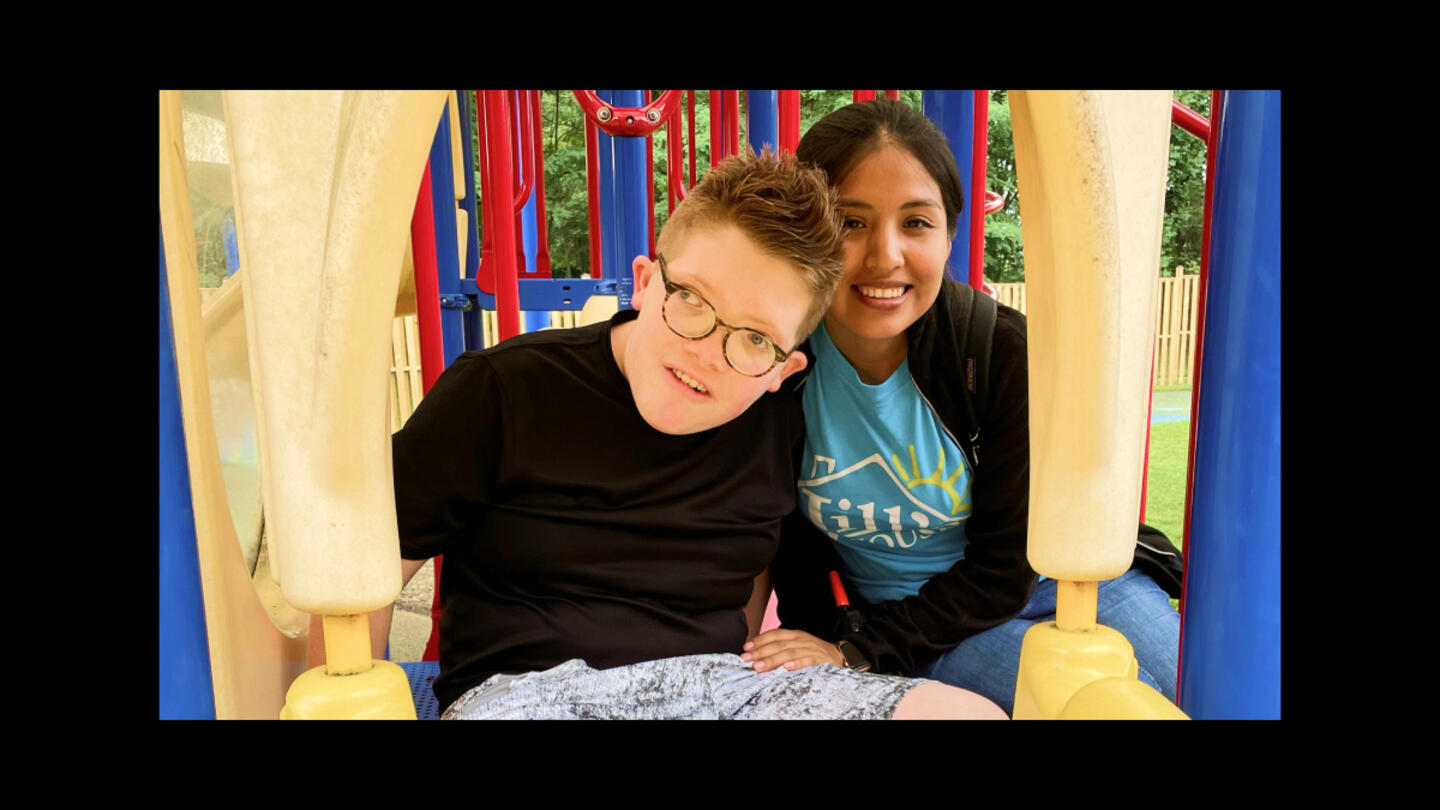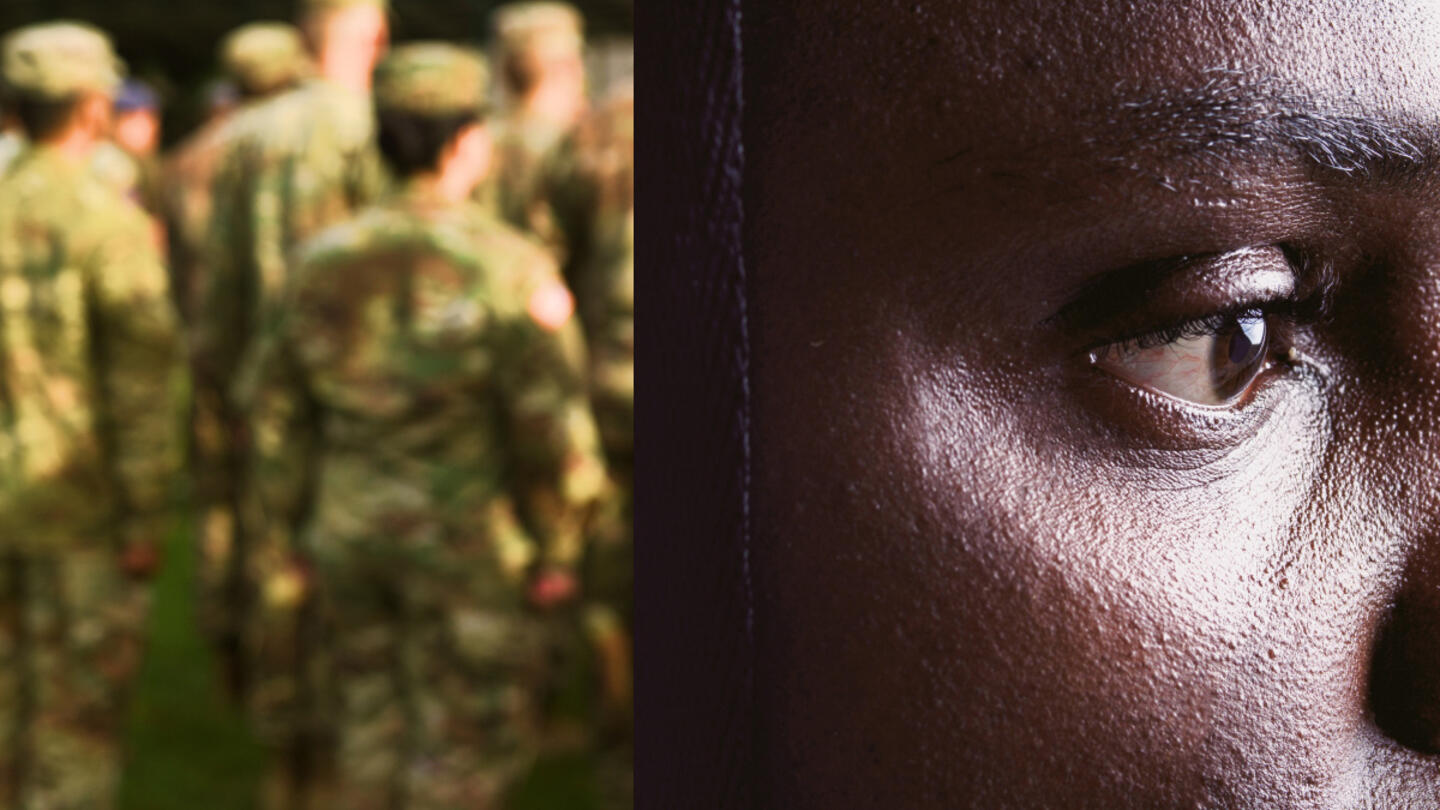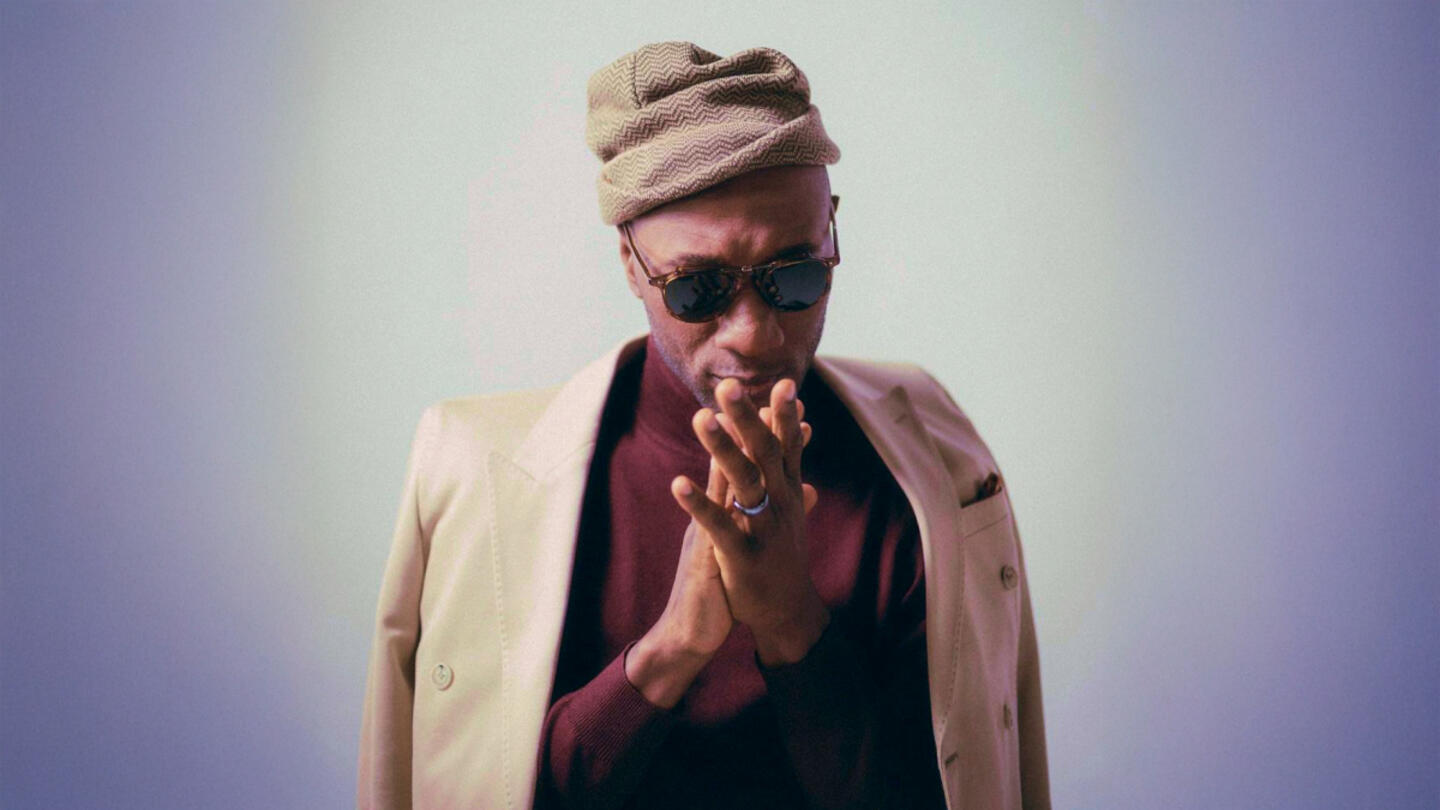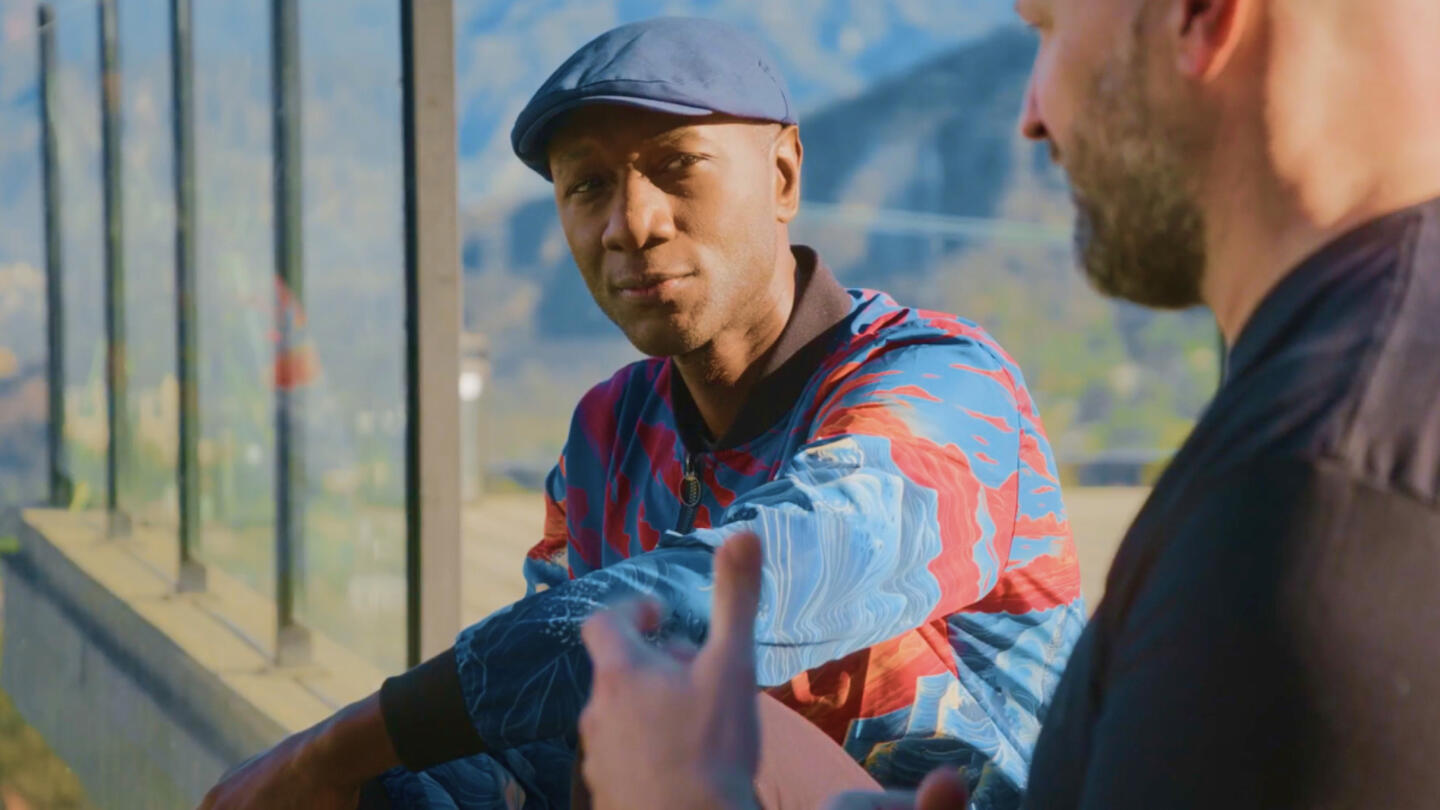Today’s society feels more polarized than ever. Rhetoric is explosive, and stakes are driven so deep that finding common ground feels like trying to catch lightning in a bottle.
Is it even worth trying to talk to those with differing opinions?
Yes. Because no matter how incendiary the topics feel, these difficult conversations are more crucial now than ever. And the results can be truly transformative — both on a personal level and a wider societal level.
The importance of embracing diverse perspectives
When we talk, share, and listen to other people, we move beyond the headlines. We learn more about what’s driving people’s beliefs and hear firsthand what shapes their views. Even if we disagree with others’ perspectives, we can empathize with the person expressing their view, understand more, and often discover we have more in common than we thought. Bringing together diverse viewpoints can drive innovation and help solve problems at a community level and beyond.
Breaking Barriers United embraces this approach. This national organization is dedicated to healing fractures between law enforcement and local communities through open and honest conversations. Together, they find common understanding and collaborate to solve the real challenges communities face.
“When it comes to empathy, people think that you just have to experience what another person has gone through in order to empathize with them,” said Ryan Tillman, founder of Breaking Barriers United. “I always say empathy doesn’t require experience. It requires feeling like you and I both have shared moments of happiness. You and I both have shared moments of anger. You and I both have shared experiences of sadness. I probably have grown up completely differently, and you have different experiences than I do. But what connects us is the emotional experience.”
The risks of echo chambers
Too many of us live inside echo chambers, where we only hear one line of thinking. No other views are let in, so we cling to the ones we hear, which become louder and more ingrained in our thinking. The more echo chambers in society, the more polarization and extreme views.
Exposure to different viewpoints is the key to breaking people free from these echo chambers and propelling personal and societal growth. A recent study published by the American Psychological Association demonstrates the power of being open to diverse perspectives and getting out of our echo chambers when it comes to politics.
Researchers asked voters to watch videos of real-world politicians solving political dilemmas to determine their thoughtfulness as candidates.
“What happens so much of the time is that people talk past each other or show more interest in pointing out the ridiculous things the other side is doing rather than actually finding solutions,” said co-author Curtis Puryear, a postdoctoral researcher at Northwestern University. “Our findings suggest that if you show you care about understanding the other side’s concerns, it goes a long way towards fostering respect.”
Preparing for a difficult conversation
Difficult conversations aren’t just something you can dive into, however. They require thoughtfulness and preparation to be constructive. Before embarking on one, take time to reflect on your personal motives and goals for having the conversation. Educator and author Irshad Manji said people should be honest with themselves about what they want out of challenging conversations.
“What am I really in this for?” she asked. “Am I in it to solve the problem? Or am I in it to feel morally superior? Only you can decide. Choose wisely.”
Strategies for constructive dialogue
Stories are one of the most effective strategies for constructive dialogue. Sharing our stories and listening to those of others can go a long way toward easing the tension and moderating the tone of a difficult conversation.
Narrative 4, a Stand Together community partner, demonstrates this via a classroom program that invites students to experience empathy for others’ experiences and opinions through storytelling. Narrative 4 reports that “according to research published in Ethical ELA, story exchanges help students ‘co-construct knowledge, increase empathy and inclusion, and empower themselves in their communities to succeed in both school and life.’”
Sign up for the Strong & Safe Communities newsletter for stories, ideas, and advice from changemakers working with their neighbors to address the biggest problems we face.
Establishing common ground
The good news? Common ground may not be that elusive. Research from More in Common shows Americans are less divided than we think, with 86% of survey respondents saying they want to find ways to hear each other.
Focusing on individuality rather than group labels can help. That’s the driving principle behind Moral Courage College, a grantee of Stand Together Trust. This organization offers courses, training, and resources to help people turn contentious issues into constructive conversations. Its online courses and videos help people build empathy, appreciate diversity, and better relate to others with different views.
Effective communication techniques
The foundation for difficult conversations should be built on the same techniques used in any good communication, such as active listening, avoiding assumptions, and paying attention to nonverbal cues.
However, it’s going to take more to turn difficult conversations into productive ones. In her book, “Don’t Label Me: An Incredible Conversation for Divided Times,” Manji provides a five-step formula specifically designed to shift controversial conversations from “us v. them” to “us and them v. the problem.”
- Take a deep breath to manage stress and react thoughtfully.
- Acknowledge the potential for disagreement to create a respectful environment.
- Ask sincere questions to understand better and invite openness.
- Listen actively to really understand rather than to counterargue.
- Encourage further dialogue with statements like, “Tell me more.”
More effective strategies can be found through Essential Partners, an organization that helps people build and strengthen relationships by changing their approach to conversation. It provides free resources, including guides on beginning dialogue and recognizing the differences between dialogue and debate.
Moving forward after difficult conversations
When a conversation is over, it doesn’t have to end. Reflect on what you learned and how it can be applied in future situations.
Depending on the topics and parties involved, you may also want to consider ways to maintain those relationships and further the dialogue. If change is the objective, try to nail down actionable steps you can take to start the process or set a goal.
Research suggests common goals and group collaboration are key factors in diminishing negative feelings and improving interactions between people with differing, strongly held beliefs. The Bridging Divides Initiative at Princeton University, a grantee of Stand Together Trust, provides an interactive map for finding groups in your community that offer opportunities for family, friends, and neighbors to work across differences.
Difficult conversations are worth it
Few people are eager to have difficult conversations, but pushing past the discomfort can lead to profound transformation. When we open our minds to diverse perspectives and new ways of thinking, we see people instead of issues and prioritize humanity over hate.
We challenge you to take on the topics that make you uncomfortable and come to the table with those you disagree with to share, listen, and learn using the strategies outlined here. It may not be easy, but it’s worth it.
Learn more about Stand Together’s efforts to build strong and safe communities and explore ways you can partner with us.

At this ‘resort,’ children with intellectual disabilities are seen as gifts to be celebrated and loved.

Veterans experience loss when leaving service. Could this be key to understanding their mental health?

The Grammy-nominated artist is highlighting the stories we don’t get to hear every day.

With his latest project, Blacc isn’t just amplifying stories — he’s stepping into them
